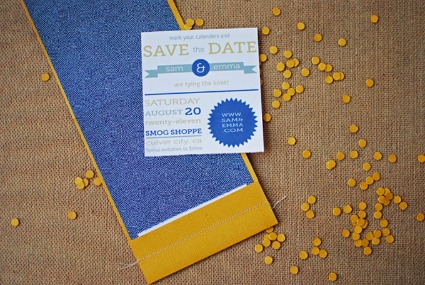Check out these fun matchbook save the dates posted on Lauren Elise Crafted ! Love the Japanese decorative paper lining the insides and the fact that the card is perforated and can be easily detatched. A full tutorial with lots of photos is posted on The Knotty Bride and includes a free template!
Have you read?
Etsy Spotlight: Floppy Teddy Bear Sewing Pattern
If you’ve been following along lately, you’ll know I’ve been on a bit of a baby pattern thing—and this sweet Floppy Teddy Bear fits right in with that vibe! With its classic shape, relaxed limbs, and vintage charm, this little bear looks like it just stepped out of a storybook or an old wooden toy chest.
This is a digital PDF sewing pattern, making it super convenient to download and get started right away. It’s perfect for those who love sewing cuddly companions with a rustic or nostalgic twist—just imagine this little bear nestled under the tree or perched on a child’s bed, well-loved and well-squished.
Whether you’re making it as a keepsake gift or just adding to your collection of handcrafted soft toys, this teddy is a timeless treasure in the making. Bonus points for sewing it in worn-look fabrics for an extra cozy, vintage finish.
At CraftGossip, we love highlighting talented Etsy designers who bring handmade magic to life. Supporting these creatives means supporting the sewing community—and getting our hands on adorable patterns like this one!

